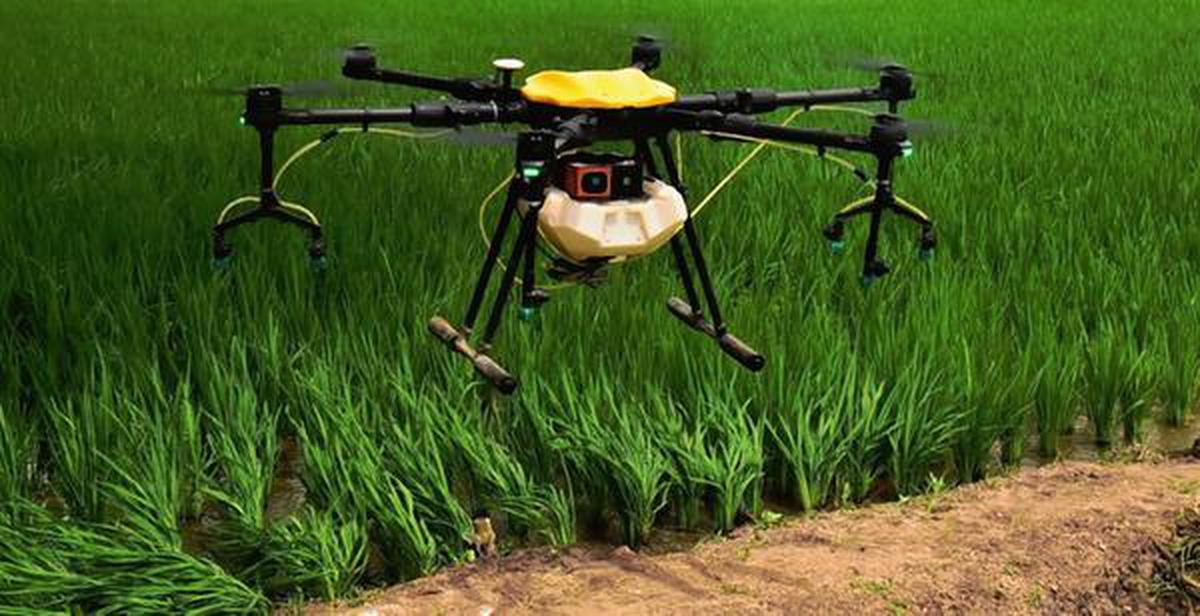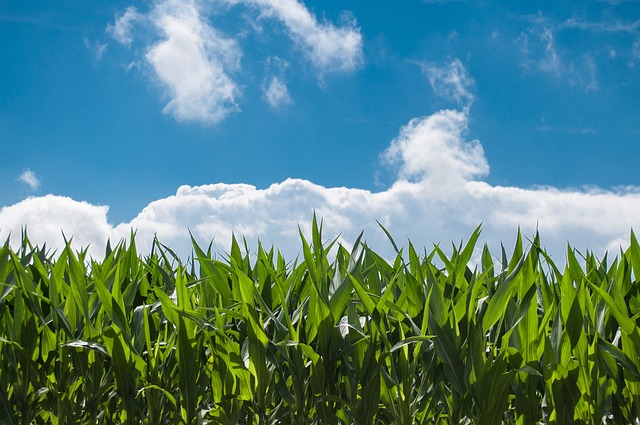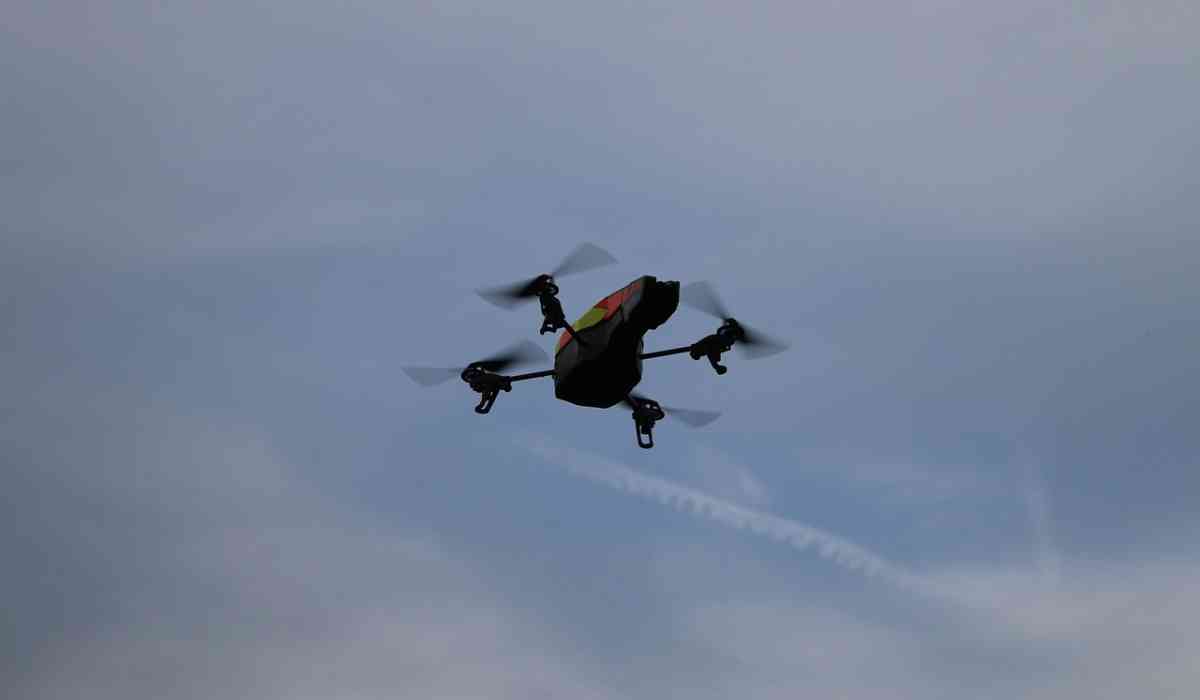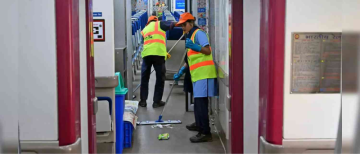Smart drones, also known as unmanned aerial vehicles (UAVs), are becoming increasingly popular in a variety of industries for their ability to perform tasks efficiently and remotely.
In the agricultural industry, drones can be used for tasks such as crop monitoring, pest control, and irrigation management. In logistics, drones can be used for tasks such as package delivery and inventory management. In the defense industry, drones can be used for tasks such as surveillance and reconnaissance.

One of the key benefits of using drones in these industries is their ability to perform tasks quickly and efficiently, without the need for human intervention. Drones can cover large areas in a short amount of time, and can operate in challenging or hazardous environments that may be unsafe for humans.
Agricultural drones are unmanned aerial vehicles that are used for various tasks in the agriculture industry. These drones are equipped with cameras, sensors, and other advanced technologies that allow them to capture images and data of crops, soil, and other factors that impact crop growth and yield.
Some common uses of agricultural drones include:
- Crop monitoring: Drones can be used to scan crops and gather data on plant health, growth patterns, and other factors that may affect crop yield.
- Precision farming: Drones can be used to apply fertilizers, pesticides, and other crop inputs in precise amounts, reducing waste and increasing efficiency.
- Soil mapping: Drones can be used to create high-resolution maps of soil conditions, including pH, nutrient levels, and moisture content.
- Irrigation management: Drones can be used to monitor irrigation systems and identify areas where water is being wasted or lost.
- Animal tracking: Drones can be used to track the movements and behaviors of livestock, allowing farmers to monitor their health and identify any potential problems.
Logistics drones are unmanned aerial vehicles (UAVs) that are used to transport goods and packages over short distances. These drones are typically equipped with sensors and navigation systems that allow them to navigate through urban environments and avoid obstacles.

They are often used in last mile delivery services, where they can deliver packages directly to a customer's doorstep, or in warehouse and distribution centers to move goods around the facility. Logistics drones can significantly reduce delivery times and costs, while also reducing the need for human labor in these tasks.
Defence drones are unmanned aerial vehicles (UAVs) that are used for military or security purposes. These drones are equipped with various sensors and cameras to gather intelligence, surveillance, and reconnaissance (ISR) data. They are also equipped with weapons and other defence systems to protect against enemy attacks. Defence drones can be used for a wide range of purposes, including border patrol, counter-terrorism operations, and air defence. They can be operated remotely by military personnel or programmed to follow a predetermined set of instructions. Some defence drones are designed to be stealthy, while others are designed to be more visible in order to deter potential threats.
However, the use of drones is not without its challenges. There are regulatory and safety concerns that must be taken into account, and there may be privacy concerns depending on the nature of the task being performed.
Additionally, drones require a certain level of technical expertise to operate and maintain, and they can be expensive to purchase and operate. Despite these challenges, the use of drones is expected to continue to grow in these and other industries as the technology continues to advance.























